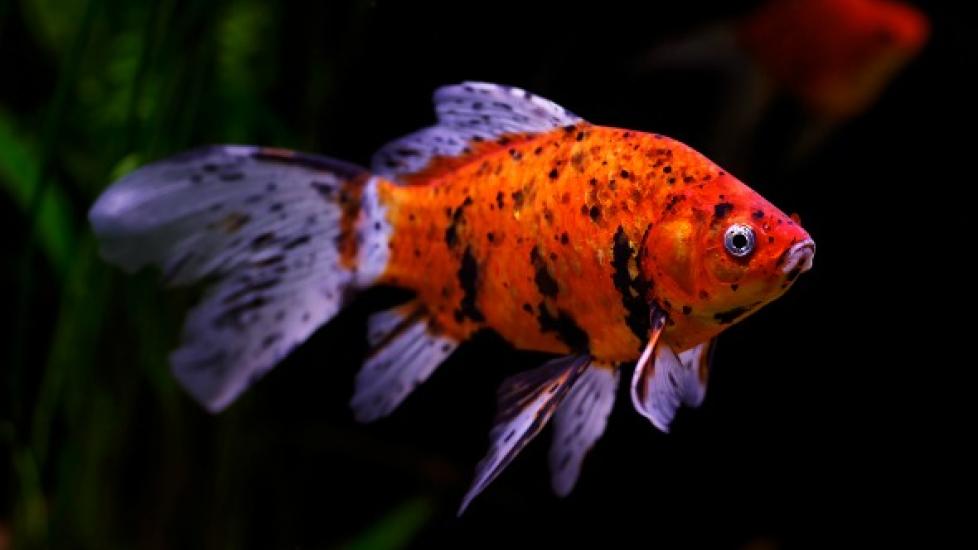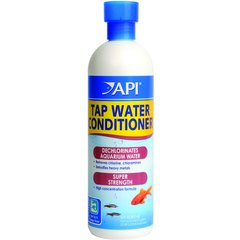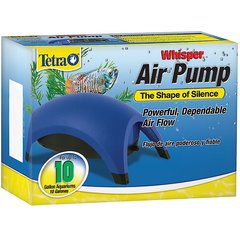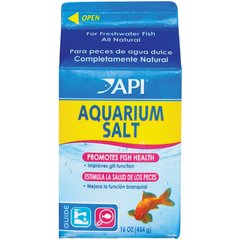How a Fish's Immune System Works
All fish have an immune system to fight diseases, although the system is by no means as advanced as the ones found in mammals. The system breaks down into two main parts: protection from physical invasion and internal pathogen handling.
Physical protection comes in the form of scales and the layers of dermis and epidermis. These provide defense against physical injury and disease organisms in the environment, which is further improved by a mucus covering that contains bactericides and fungicides. This mucus membrane is constantly renewed. It helps slough off debris and discourages parasites from attaching themselves to the fish.
Pathogens can still enter the fish’s body, either through physical injury or the digestive tract. Although the digestive system has active enzymes and a very pathogen-unfriendly pH level, diseases can sometimes survive. Stress can also be a problem if it causes the gut to seize up -- anaerobic fermentation and active enzymes can attack the gut wall and weaken it enough to allow diseases to enter.
The efficiency of a fish’s immune system is affected by its environment. Colder water slows down the system, so infected fishes tend to exhibit “fever symptoms” and head for warmer areas. Colder water may or may not affect the infection: if it does not slow down the pathogens as well as the immune system, death is inevitable.
Fishes have some general immunities provided by products in their blood: the antiviral chemical interferon and C-reactive protein immediately attack bacteria and viruses.
As soon as a pathogen is detected, the fish’s body coordinates efforts to resist: firstly, the entry point is sealed off to correct any osmoregulatory problems and hamper the foreign body’s progression. Histamines and other products are produced by damaged cells at the entry point to cause inflammation and make the blood cells close up. Fibrinogen (a blood protein) and clotting factors create a barrier of fibrin to build a physical barrier at the same time. White blood cells are attracted to the same area and pick up the foreign bodies, taking them away to the spleen and kidney for handling.
Unfortunately, many bacteria have ways to beat these defenses, either by producing a dissolving agent that destroys the fibrin and opens the way to infection or by releasing toxins that attack and kill white blood cells.
The kidney and spleen make antibodies specifically built to fight each particular antigen (invading disease). This process can take up to two weeks. The antibodies attach themselves to their antigen and fight it in one of three ways:
- Detoxify it – so that white blood cells can ingest and destroy it
- Attract a “compliment” – another blood component that helps destroy the antigen
- Deactivate reproduction – to stop the antigen proliferating
As in all immune systems, a familiar antigen is dealt with quicker than a new one. The system reacts quicker, antibodies already exist and they multiply extremely quickly upon contact with their antigen. This is the same principle used in vaccination, where a detoxified antigen is introduced to allow a fish time to build appropriate antibodies without danger. If the full-blown disease is encountered later, the immune system can gear-up much faster and survival chances are increased.
It is important to note that environmental pollution also hampers the immune system and reduces a fish’s response to pathogens.




